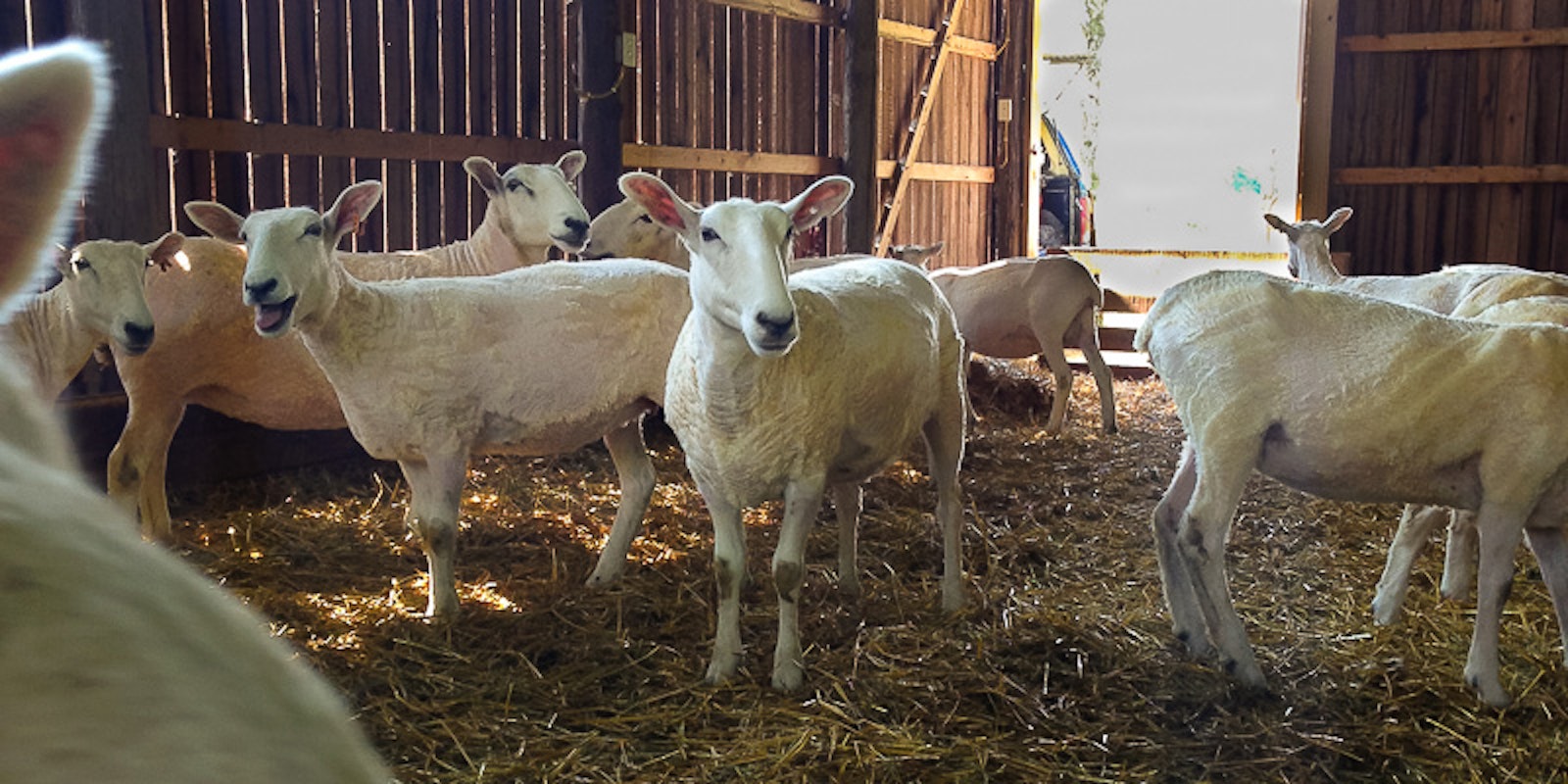The fall harvest is finally finished: the crops are in, barn is full of hay, and the last group of woolly ewes was shorn. When I post pictures of fall sheep shearing on social media, I often get questions from folks concerned that the sheep will be too cold in the coming winter. The short answer is, “it depends.” For some flocks, decisions about shearing are more complicated than you might think.
Fall bounty.
Books that give a snapshot view of sheep breeds (such as the one I wrote—The Practical Spinner's Guide: Wool!) will include information about average fleece size and staple length. For example, Border Leicesters typically produce 6–10 inches of wool in year. My beloved flock of Border Leicesters ranges from fast-growing lamb and yearling fleeces that can be 12 inches in a year to flock elders that might only produce 4 or 5 inches in a year. Not all breeds of sheep vary this much, and not all shepherds are as picky as I am about fleeces, but to get high-quality fleeces from as many sheep as possible is a challenge. Add Indiana weather to the mix, where some years are wet and muddy and some are dry, dusty, and windy, and fleece production becomes an ever-evolving art. The solution for me and my flock of about sixty has been to have my shearer, Lisa, come three or four times each year and do smaller groups.
A four-month-old Border Leicester lamb before shearing earlier this year. See the little curl at the tip of each lock? These are sometimes called milk tips.
The lambs were born in late March (remember Hans?), sheared in July, and now have plenty of fleece to keep them toasty warm through the winter months. By comparison, the group of sheep just sheared in November are strong, healthy adult ewes and weathers. And if we are being perfectly honest, they are also just a bit chubby. This is my “open” group (meaning none of the ewes are pregnant) who have a snug barn and deep bedding for winter shelter. They are in their prime, and if they have a place to stay warm and dry, fall sheep shearing leaves them feeling frisky and able to scratch every itch with ease.
—Kate Larson
Featured Image: Shearing day. Photos by Kate Larson.



